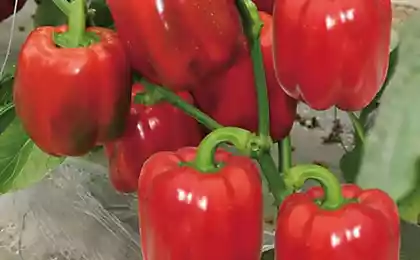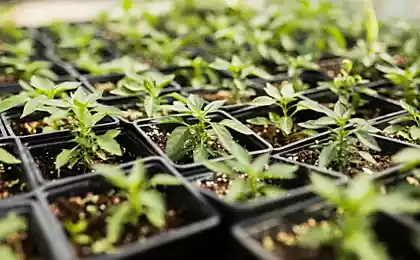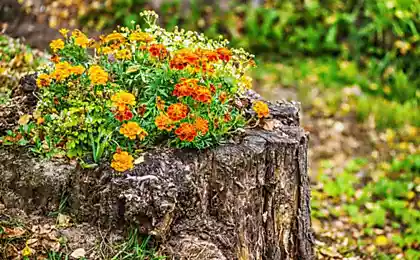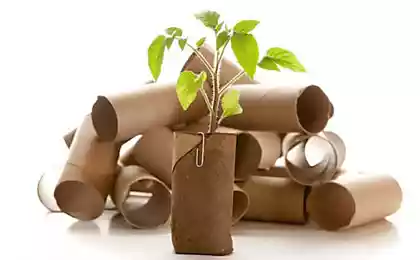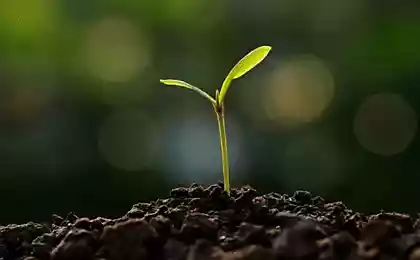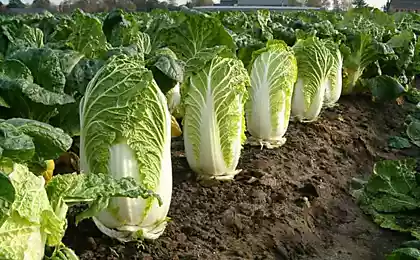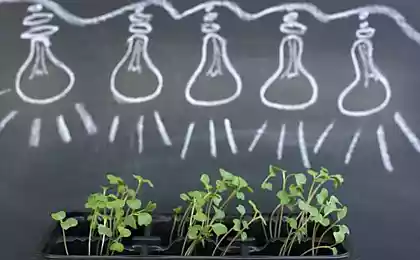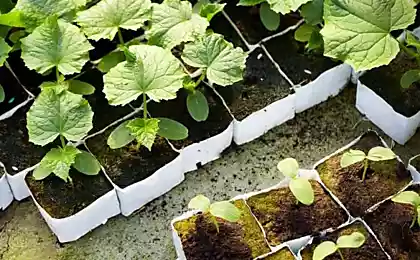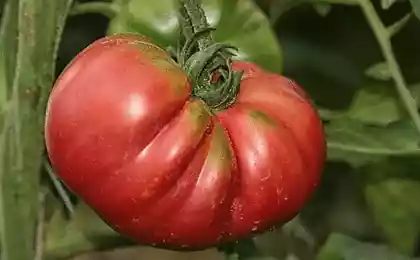527
Substrates for transplanting
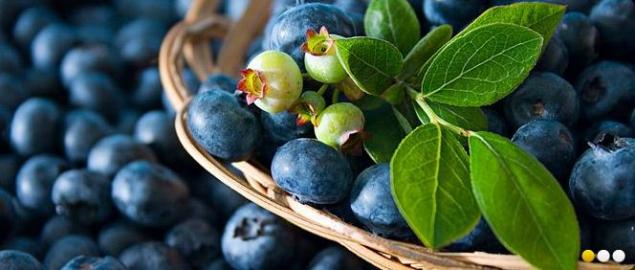
For quite a short period, the seedling needs to gain enough strength for planting in the ground. In this period of time is necessary to provide plants with optimal moisture level, temperature and quality support. The owners of greenhouses and cultivated areas have been abandoned by growing seedlings in normal field soil. Much better to use special substrates based on organic and mineral substances.
Currently popular are three kinds of basis for the substrate:
- peat;
- coconut fiber;
- mineral wool.

Peat substrates basis is obtained by a method of grinding a natural peat layer. Peat is easily machined, mixing and storage. In its natural form peat based nutrient rich organic compounds required for active growth of seedlings. At the same time, it lacks a balanced mineral composition. Individual micro - and macronutrients are added at the stage of preparation of the substrate. To learn more about cooking techniques and the characteristics of the finished peat mixes on the site http://agronovika.com/torfyanye-substraty.html.
Experts say the two most important benefits of peat:
- the creation of favorable conditions for seedling growth;
- recycling of spent substrate.
Plants planted in a peat mixture does not have a shortage of oxygen and moisture. The structure of peat allows it to absorb amounts of water, three times greater than its own. The porosity of the substrate layer allows air to circulate freely, enriching the culture medium with oxygen.
Substractive coconut fiber is capable of absorbing water in an even more impressive volume than peat. This is due to the popularity of the foundations of substrates for seedlings and moisture-loving ornamental plants. A large moisture content ensures active growth even in the dry months. However, the coconut fibers are almost completely deprived of the necessary for the plants nutrients. Moreover, together with water coconut substrate capable of irreversibly absorb minerals.
Mineral watev basalt-based mineral wool is added to baking powder, giving it volume and fiber structure. Thanks to the porosity and capillarity of moisture is well retained inside of the layer of the substrate. Obviously, such a substrate is not natural, nutritious environment – it is created artificially with additives. The advantage of this basis is a neutral pH environment and good circulation of oxygen. Practical disadvantages include problems with disposal.

Which workshop can repair Delonghi coffee machines in St. Petersburg?
People internal and external: introverts and extroverts




